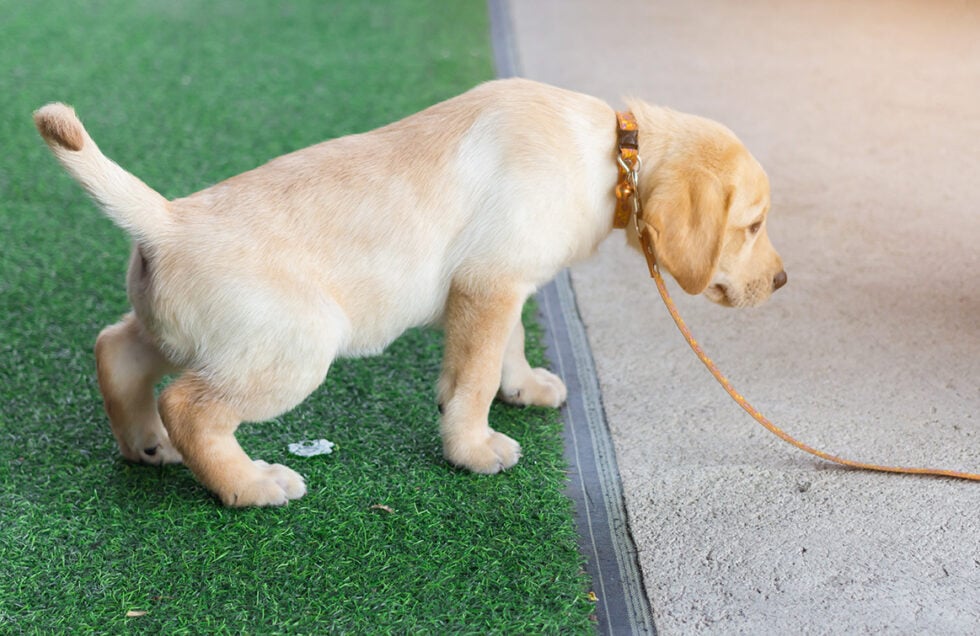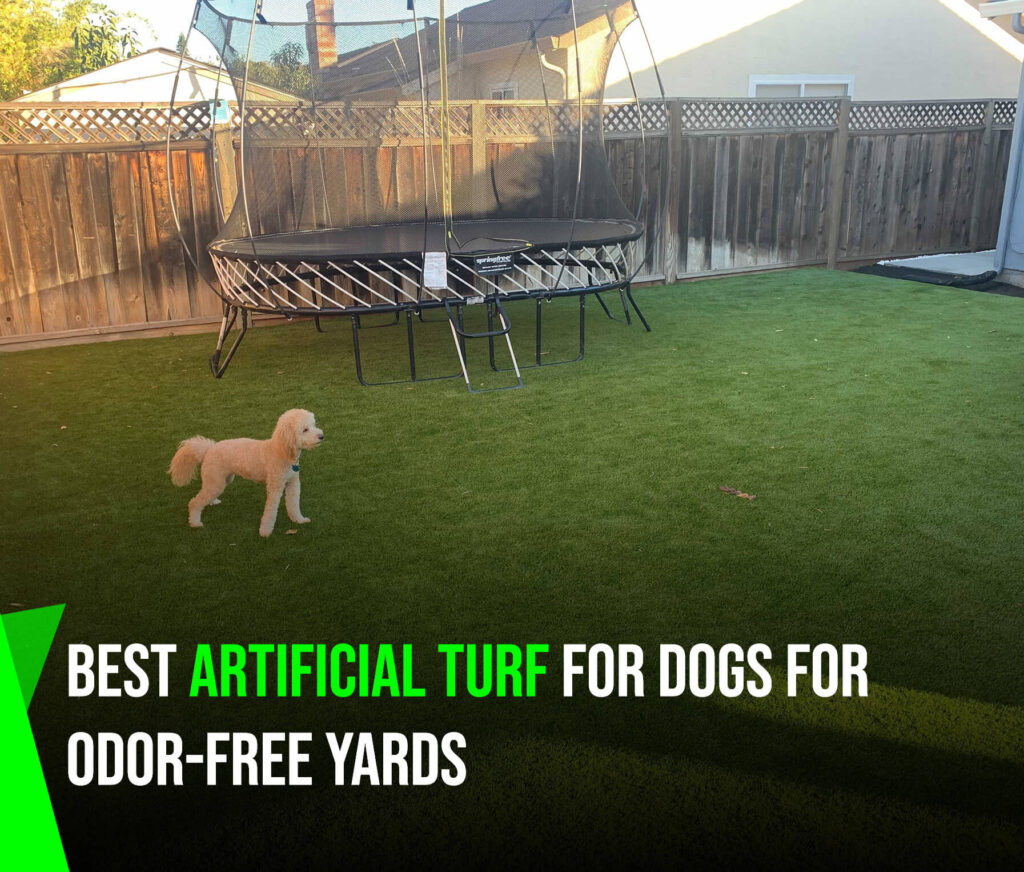Safety issues were at the top of the list when the Cuero school district chose artificial turf by FieldTurf to replace the football field’s natural grass for the upcoming gridiron season.
“Student safety is always a paramount consideration in any school’s decisions regarding facilities and extracurricular activities,” said Cuero superintendent Jim Haley.
“Research shows that synthetic turf fields provide a more consistent playing surface without holes and divots and is a more reliable surface during inclement weather conditions.
“The products that are on the market now have a great deal of technology and innovative features that create a healthier impact standard than most grass and sod fields.
“The infill allows for a forgiving footing that would likely reduce injuries,” Haley said.
The district did its research before the school board made a final decision on the change, he said.
“A group of board members, district level coordinators, the athletic director and I visited about 10 fields across the state to literally get a feel for how the different surfaces look, feel and play,” Haley said.
Others have also examined the issue.
In a study by the Panhandle Sports Medicine Foundation and headed by Michael Meyers, now a professor at Idaho State University, eight Texas high schools were evaluated for game-related football injuries while playing on both FieldTurf and natural grass from 1998 to 2002.
The study was published in the “American Journal of Sports Medicine” in 2004.
Analyses indicated significantly less trauma on FieldTurf when comparing injury time loss, injury situation, grade of injury, injuries under various field conditions and temperature, according to the study.
No significant differences in head, knee or shoulder trauma were observed between playing surfaces.
A later study, also conducted by Meyers and others on 24 universities during three college football seasons and published in 2010 in the same journal, found that FieldTurf is in many cases safer than natural grass.
“The findings of this study may be generalizable to only this level of competition. Because this study is still in the early stages, investigation is ongoing,” according to the 2010 study.
Meyers, in a telephone interview with the Advocate, said it is important for the public to realize that there are about 30 companies that sell artificial turf, and not all turf is created equal.
“You can’t group all of them together, just like you can’t group luxury cars with economy cars,” said Meyers. “FieldTurf has the most infill per square inch (9.2 pounds) which makes a tremendous difference. There’s more substance.”
As evidence that FieldTurf is a safe alternative to natural grass, Meyers points to the service academies and their football fields.
“They can afford anything – the government pays $500 for a hammer – and what surface do they have? FieldTurf,” said Meyers.
Article by Sonny Long
VictoriaAdvocate.com


